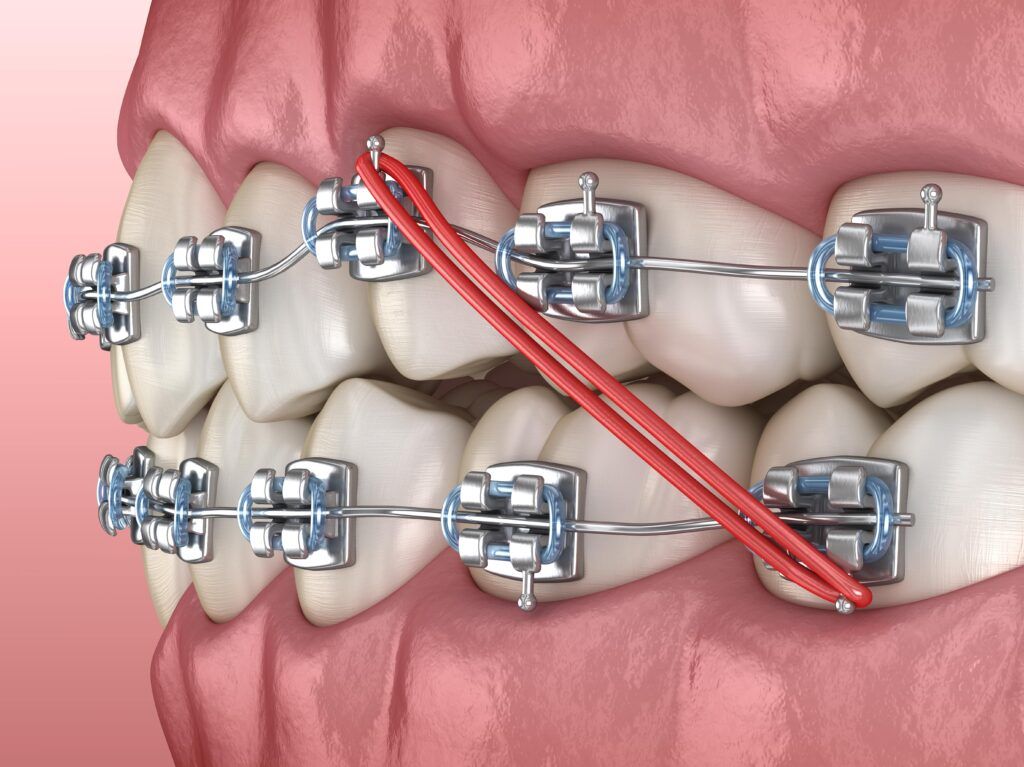Comprehensive Guide to Orthodontics Procedures for Correcting Oral Imbalances
Understanding the ins and outs of each treatment, including their systems, benefits, and prospective drawbacks, is vital in making notified choices regarding one's orthodontic therapy. As we navigate with the comprehensive overview to orthodontic procedures for dealing with dental imbalances, the intricate details of each approach will unfold, losing light on the path towards a practical and unified dental placement.
Orthodontic Procedures Overview

In addition to clear aligners and typical dental braces, orthodontists might likewise advise other treatments like headwear, palatal expanders, or retainers to address specific alignment issues (orthodontics). These procedures are customized per person's unique demands and might involve a mix of therapies to accomplish the preferred results. Regular modifications and tracking are vital components of orthodontic treatment to guarantee progress gets on track and to make any kind of essential alterations along the means. By going through orthodontic procedures, patients can not just attain a straighter grin however also boost their total oral health and feature.
Standard Braces: Exactly How They Function
When considering orthodontic treatments for oral misalignments, standard dental braces stand apart as a time-tested method for fixing teeth placing. Traditional braces consist of braces, cords, and bands that function with each other to apply continuous pressure on the teeth, slowly relocating them right into the wanted placement. The braces are connected to the teeth making use of an unique adhesive, and the wires are threaded through the brackets. By adjusting the tension of the cables, orthodontists can regulate the instructions and pressure put on each tooth, assisting them right into correct placement over time.
As pressure is applied to the teeth with the braces, the bone bordering the teeth is improved to support the brand-new tooth settings. Patients will certainly need normal modifications at the orthodontist's office to make certain the dental braces proceed to apply the correct stress for effective teeth activity.
Unseen Aligners: Advantages And Disadvantages
These clear, tailor-made trays are virtually unnoticeable when used, making them an enticing alternative for individuals looking for an extra aesthetically pleasing orthodontic treatment. Clients can eliminate the aligners prior to consuming or cleaning their teeth, reducing the danger of food obtaining stuck in the home appliance and streamlining the cleansing procedure.

Surgical Orthodontic Options
Surgical interventions in orthodontics existing feasible options for resolving complicated dental imbalances that may not be successfully solved with standard orthodontic treatments. While traditional dental braces and invisible aligners can remedy numerous orthodontic concerns, certain situations require surgical treatment to accomplish optimum outcomes. Surgical orthodontic options are normally recommended for serious malocclusions, substantial jaw inconsistencies, and instances where the underlying bone structure needs adjustment to attain proper positioning.
One common surgical orthodontic procedure is orthognathic surgical redirected here procedure, which involves rearranging the jaws to fix practical concerns such as difficulty chewing or talking. This surgery is usually carried out in partnership with an orthodontist that aids align the teeth before and after the procedure. Surgical orthodontics may likewise entail procedures to expose affected teeth, eliminate excess periodontal cells, or improve the jawbone to develop an extra harmonious facial account.
Prior to considering surgical orthodontic choices, people undertake a comprehensive analysis to determine the necessity and potential benefits of such interventions. cumming orthodontics. While surgical procedure might appear difficult, it can significantly enhance both the function and visual appeals of the smile in cases where conventional orthodontic treatments drop short
Retainers and Post-Treatment Treatment

Post-treatment treatment entails adhering to the orthodontist's guidelines faithfully. This might include correct dental hygiene practices, participating in follow-up consultations, and wearing the retainers as suggested. Failing to abide with endodontist post-treatment treatment instructions can result in regression, where the teeth slowly return in the direction of their initial settings. Constant retainer wear, great dental hygiene, and routine dental examinations are necessary for preserving the results accomplished through orthodontic surgical procedure and making certain the lasting stability of the dealt with dental alignment.
Final Thought
In final thought, orthodontic procedures use numerous options for correcting dental misalignments. Surgical orthodontic options are offered for much more serious misalignments. Generally, orthodontic treatments can properly boost oral wellness and visual look.
As we browse with the detailed guide to orthodontic procedures for fixing dental imbalances, the detailed information of each approach will certainly unfold, shedding light on the path toward a harmonious and functional oral positioning. - aligners
One of the most common orthodontic treatments is the usage of dental braces, which are composed of metal brackets and cords that use gentle pressure to progressively move teeth into the wanted placement.When thinking about orthodontic treatments for oral imbalances, conventional braces stand out as a reliable technique for fixing teeth placing. Additionally, invisible aligners might not be appropriate for intricate orthodontic issues that call for more significant teeth activity, as they are typically recommended for light to moderate instances. Retainers are tailor-made orthodontic devices made to hold teeth in their remedied positions after the conclusion of orthodontic therapy.